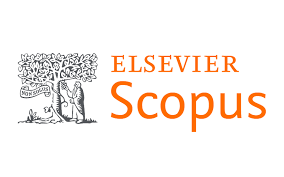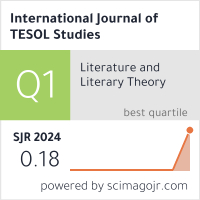2632-6779 (Print)
2633-6898 (Online)


Scopus
Ulrich’s Periodicals Directory (ProQuest)
MLA International Bibliography
MLA Directory of Periodicals
Directory of Open Access Journals (DOAJ)
QOAM (Quality Open Access Market)
British National Bibliography
WAC Clearinghouse Journal Listings
EBSCO Education
ICI Journals Master List
ERIH PLUS
CNKI Scholar
Gale-Cengage
WorldCat
Crossref
Baidu Scholar
British Library
J-Gate
ROAD
BASE
Publons
Google Scholar
Semantic Scholar
ORE Directory
TIRF
China National Center for Philosophy and Social Sciences Documentation
Leah Geoghegan
Universidad de la Rioja, Spain
María Pilar Agustín Llach
Universidad de la Rioja, Spain
Abstract
Since its conception in the 1950s, the Lexical Availability Task (LAT) has steadily gained prominence as an assessment tool in language teaching and learning, perhaps due to the fact that it not only provides a useful indication of the lexical resources which are available to learners, but it also obtains this rich set of data in a rather economical way (Jiménez Catalán & Fitzpatrick, 2014). The LAT requires participants to write as many words as come to mind in response to a specific stimulus or cue-word within a time limit of 2 minutes. The responses obtained provide a lexical corpus of available words for that cue-word or centre of interest. While previous research has highlighted the value of using lexical availability (LA) as a tool for selecting target foreign language vocabulary (Ávila Muñoz, 2017), this article argues that this tool should not be used in isolation, but rather should be implemented appropriately alongside a number of other factors in order to best determine target vocabulary. A theoretical exploration of the LAT as a tool for the selection of vocabulary to be taught in class is thus provided, taking into consideration a number of key factors: the most readily available words in each field of natives of the age group, other similar groups, words from the school context, equivalent words of highly available words from L1 and the teaching context. Suggestions are made for incorporating LA as a tool for vocabulary selection in classrooms.
Keywords
Lexical availability, lexical frequency, usefulness, difficulty, vocabulary lists